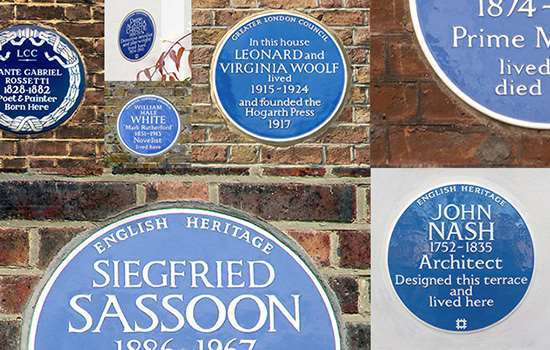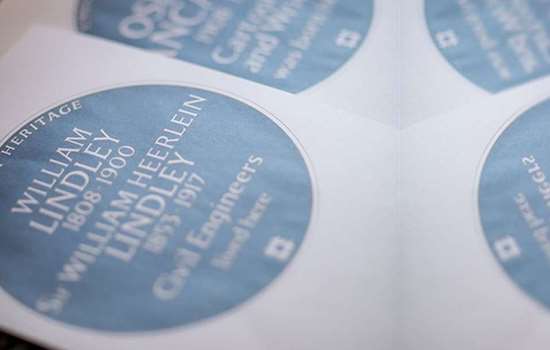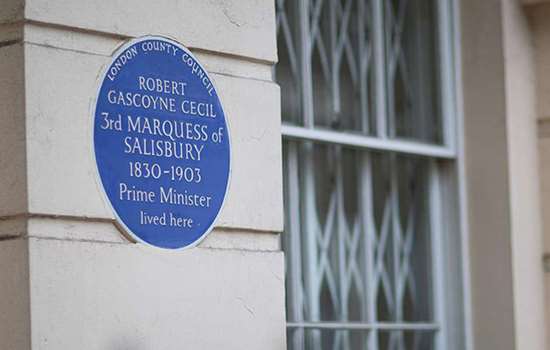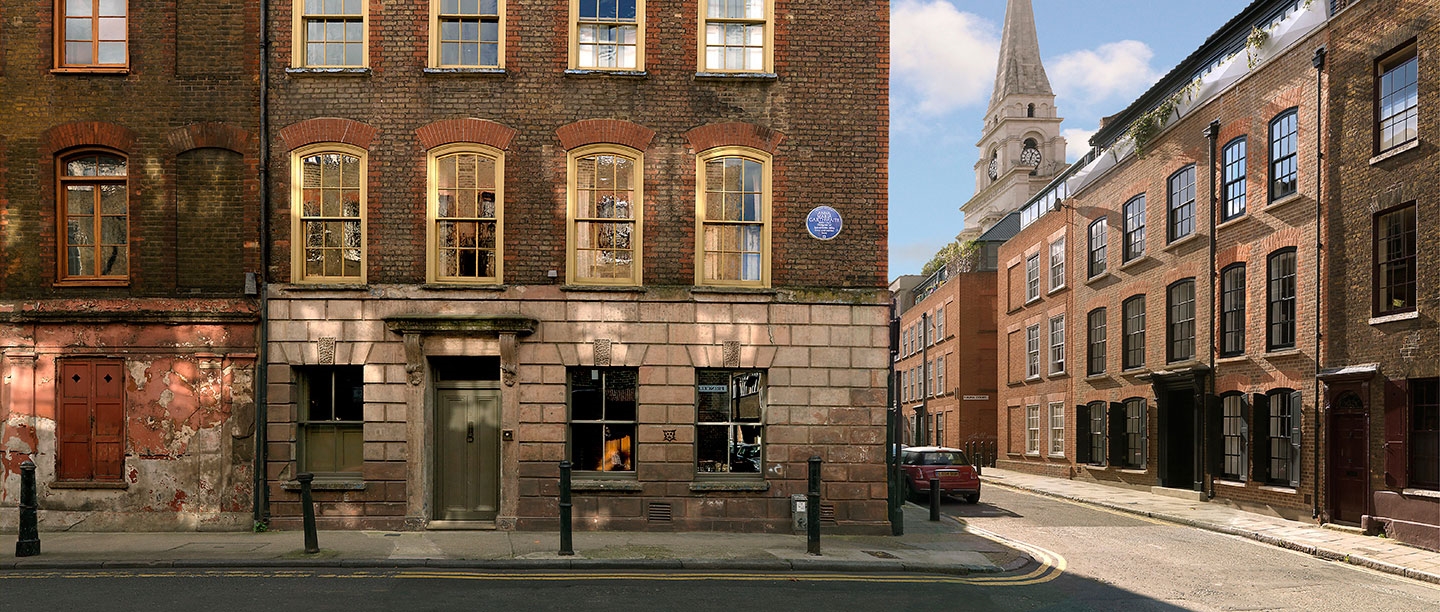Quiz: How well do you know Londoners with blue plaques?
Do you know your political pioneers from your ground-breaking scientists? Can you name the eminent authors who lived at the same address?
Test your knowledge famous former residents of London with our blue plaques quiz.
Take the quizThe English Heritage Scheme
English Heritage has run the London blue plaques scheme since 1986, when it had already been in existence for 120 years. Before that it was run by three bodies in succession – the (Royal) Society of Arts, the London County Council and the Greater London Council.
Outside London, many local councils, civic societies and other organisations run similar plaque schemes. English Heritage piloted a national project between 2000 and 2005, but found that much of the ground had already been covered, so we decided to retain the London-only focus.
More about the scheme's historyWho Can Get a Plaque?
To be awarded an official English Heritage plaque, the proposed recipient must have died at least 20 years ago. This is to help ensure that the decision about whether or not to shortlist a candidate is made with a sufficient degree of hindsight.
However, plaques are as much about the buildings in which people lived and worked as about the subjects being commemorated – the intrinsic aim of English Heritage blue plaques is to celebrate the relationship between people and place. For this reason, we only erect a plaque if there is a surviving building closely associated with the person in question.
In the past, different criteria were sometimes used: some plaques were put up to mark the site of a house which has since been demolished, and the 20-year rule did not always apply. The plaque to Napoleon III, for example – the oldest to survive – went up when he was still alive. However, the criteria are now applied without exception.
The English Heritage scheme relies on nominations from the public, so if you think someone deserves a plaque, and fits the criteria for acceptance, please let us know.
Find out how to propose a plaqueTop Ten Blue Plaque Facts
Where is the oldest surviving plaque, and who does it commemorate? How many plaques are there? How many houses have two plaques? Find out the answers to these questions and more.
Find out more about blue plaquesHow to spot a plaque
Not all plaques in the official English Heritage scheme are blue. The famous blue roundel that we recognise today only became the standard design after the Second World War.
Although the very first plaques were blue, plaque-makers experimented with brown, terracotta, green, bronze, lead and stone plaques in the early years. Different shapes, including squares and rectangles, have also been used.
You can tell that a plaque is an ‘official’ one if it bears the name of one of the four successive bodies that have run the scheme – the Society of Arts, the London County Council, the Greater London Council or English Heritage. You can also search for the plaque to check if it’s part of our scheme.
Read more about plaque designsBuilt to Last: The Making of a Blue Plaque
Many of London’s blue plaques are hand made in Cornwall by the Ashworth family. Frank and Sue are highly skilled artisan craftspeople who have been making the plaques since 1984.
Over the years they have perfected the recipe and techniques for creating plaques that will last as long as any building. We went to meet them as they were making Freddie Mercury’s blue plaque to learn more about how the plaques are made.
More About Blue Plaques
-

Find a Blue Plaque
Discover who has been commemorated by one of the blue plaques on buildings across London.
-

Propose a Plaque
Find out how to put forward a proposal for someone you think is deserving of a London blue plaque.
-

Support the blue plaques scheme
Help secure the future of London's blue plaques scheme by making a contribution.

